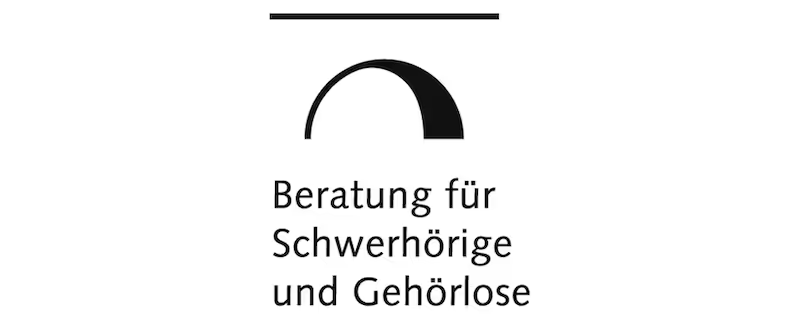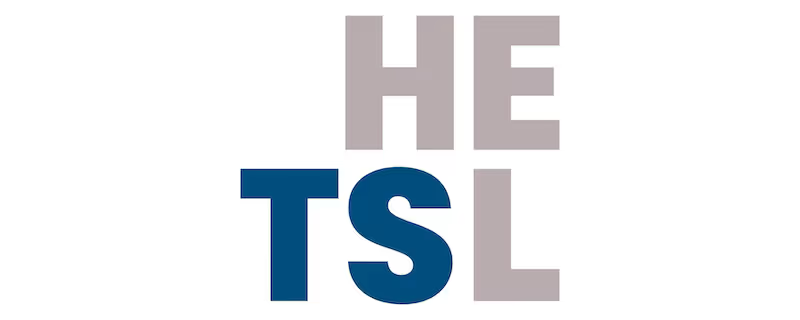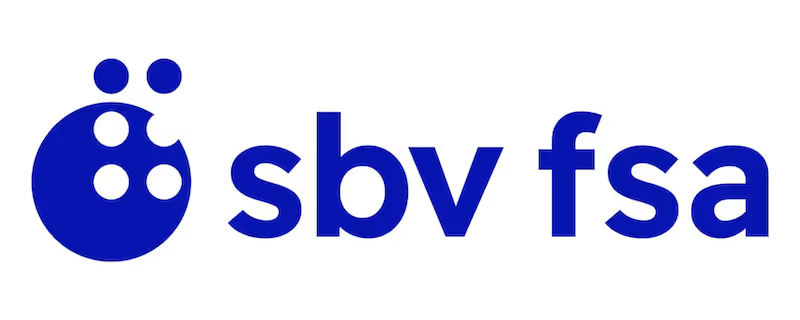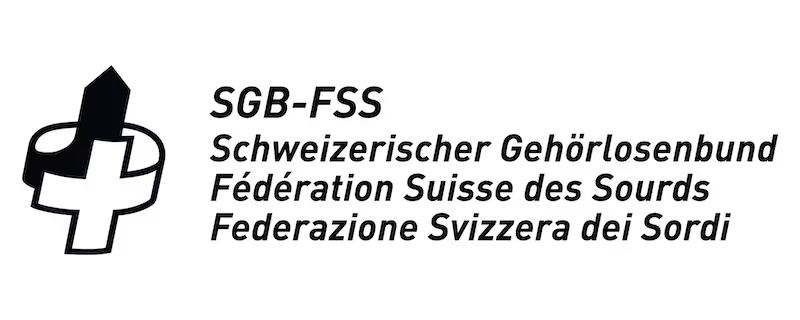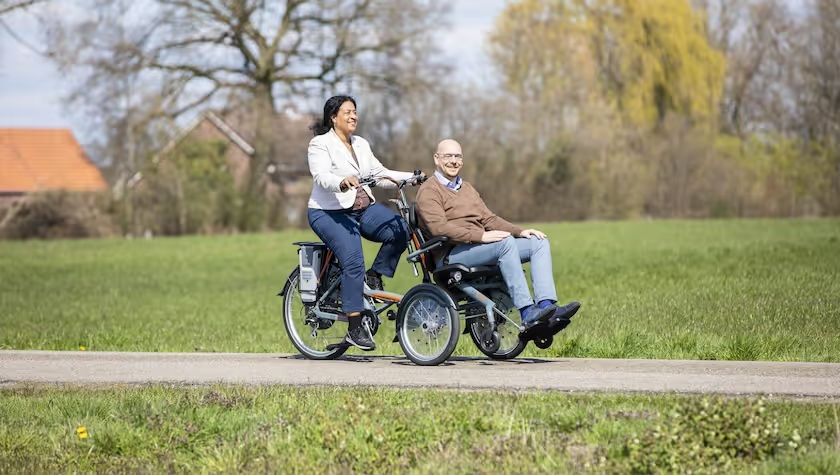Ginto for everyone
Ginto was originally developed for people with mobility disabilities. Since summer 2025, important criteria for people with visual or hearing disabilities can also be recorded and published with the help of Ginto.
Which information is important for whom?
Stairs, steps and narrow doors are obvious hurdles for people with mobility disabilities. With Ginto, they and other objective criteria can be recorded right from the start. But what barriers do people with sensory disabilities experience when they visit a restaurant or museum? What is important for a person with visual disabilities? What information is important for a person with hearing disabilities?
In this project, objective criteria for accessibility for people with visual or hearing disabilities were developed together with those affected. A demanding process that also showed the limits of Ginto. An example: For many people, pleasant room acoustics in a restaurant are crucial for the hearing aid to work properly or for people with neurodivergence to cope with stressful situations. But it is difficult to make a reliable statement about the background noise: The location and time of the survey fluctuate, for example at a children's birthday party at the table next door, the noise level rises, and what is perceived as loud varies from person to person.
Nevertheless, around 20 new accessibility criteria were defined. For example, a company with Ginto can now record whether an offer is available in sign language or whether a menu is digitally available so that blind people can select their menu themselves.



New needs profiles and features
An important function of Ginto is the needs profile. It allows people with disabilities to individually evaluate accessibility information from locations. The existing standard profiles for different types of mobility disabilities have been expanded to include four new needs profiles: “visual disabilities”, “blind”, “hearing disabilities” and “deaf”.
In addition, with the support of experts, all Ginto user interfaces (website, web applications and app) were redesigned with the aim of making them also technically barrier-free. Ginto is based on the official standard called “Web Content Accessibility Guidelines” (WCAG) 2.1, compliance level AA. Ginto can therefore also be used with tools such as a read out or magnifying glass function.














